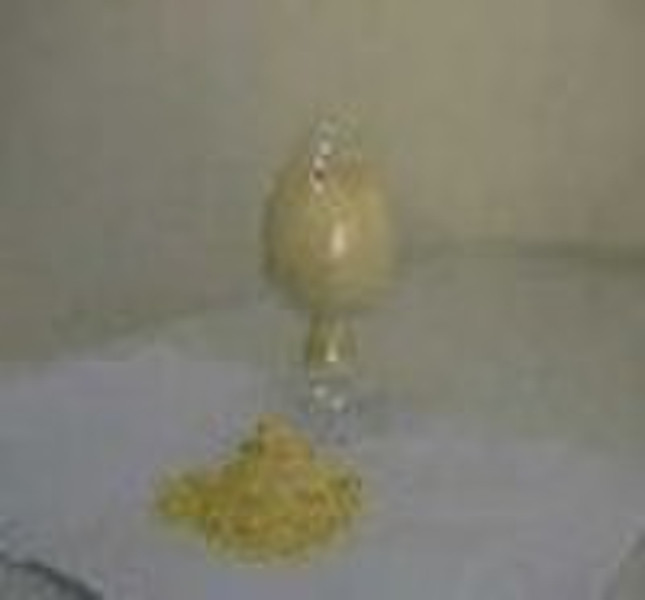Katalog
-
Katalog
- Auto & Motorrad
- Bauwesen und Immobilien
- Bekleidung
- Büro- und Schulartikel
- Chemikalien
- Dienstleistungen für Unternehmen
- Eisenwaren
- Elektrische Geräte & Zubehöre
- Elektronische Bauteile
- Energie
- Galanteriewaren
- Geschenke und Kunsthandwerke
- Gesundheit und Medizin
- Gummi und Kunststoffe
- Haus und Garten
- Haushaltsgeräte
- Koffer, Taschen & Hüllen
- Landwirtschaft
- Lebensmittel und Getränke
- Licht und Beleuchtung
- Maschinen, Geräte und Werkzeuge
- Maschinenteile und Herstellung Dienstleistungen
- Messapparat und Analysegerät
- Mineralien und Metallurgie
- Möbel
- Schuhe und Accessoires
- Schönheit und Körperpflege
- Service Geräte und -Ausstattung
- Sicherheit und Schutz
- Spielzeuge und Hobbys
- Sport und Unterhaltung
- Telekommunikations
- Textil und Lederware
- Transport
- Uhren, Schmuck, Brillen
- Umweltschutz
- Unterhaltungselektronik
- Verpacken und Drucken
- Werkzeuge
- Überschüssiger Warenbestand, Lager
Filters
Search

Soja-Isoflavone
original-Preis: 90,00 USD
China
Produktionskapazität:
680 Kilogramm / Monat

LinQiao Xue
Kontaktperson
Basisdaten
| Marke | sciphar |
|---|---|
| Modell-Nummer | CRE127 |
Soy isoflavone CAS #: Molecular formula: Molecular weight: Formulation: Purity:574-12-9 C15H10O2 222.24 Straw yellow porwer 99%Soy isoflavones have weak estrogenic activity. The order of activity in in vivo assays is glycitein greater than genistein greater than daidzein. They bind to estrogen receptors-alpha and beta. They appear to bind better to estrogen receptor-beta than to estrogen receptor-alpha.The most studied of the soy isoflavones is genistein. Genistein has been found to have a number of antioxidant activities. It is a scavenger of reactive oxygen species and inhibits lipid peroxidation. It also inhibits superoxide anion generation by the enzyme xanthine oxidase. In addition, genistein, in animal experiments, has been found to increase the activities of the antioxidant enzymes superoxide dismutase, glutathionine peroxidase, catalase and glutathione reductase. Daidzein and glycitein also appear to have reactive oxygen scavenging activity. However, these isoflavones have not been studied as much as genistein has.Regarding possible anticarcinogenic activity, again genistein has been the most studied of the soy isoflavones. Several mechanisms have been proposed for genistein's possible anticarcinogenic activity. These include upregulation of apoptosis, inhibition of angiogenesis, inhibition of DNA topoisomerase II and inhibition of protein tyrosine kinases. Other possible anti-prostate cancer mechanisms include inhibition of NF (nuclear factor)-kappa B in prostate cancer cells, downregulation of TGF (transforming growth factor)-beta and inhibition of EGF (epidermal growth factor)- stimulated growth. Genistein's anti-estrogenic action may be another possible mechanism to explain its putative activity against breast cancer. Additional possible anti-breast cancer mechanisms include inhibition of aromatase activity and stimulation of sex hormone binding globulin, both of which might lower endogenous estrogen levels.The possible anti-atherogenic activity of soy isoflavones may be accounted for, in part, by their possible antioxidant activity, particularly with regard to inhibition of lipid peroxidation and oxidation of LDL.
Lieferbedingungen und Verpackung
Packaging Detail: aluminum foil-bag and two plastic-bags inside,25kg/drum or according to your requirment Delivery Detail: the day when received your payment
Hafen: XIAN
Zahlungsbedingungen
Letter of credit
Telegraphic transfer
Western Union
-
Zahlungsarten
Wir akzeptieren:








